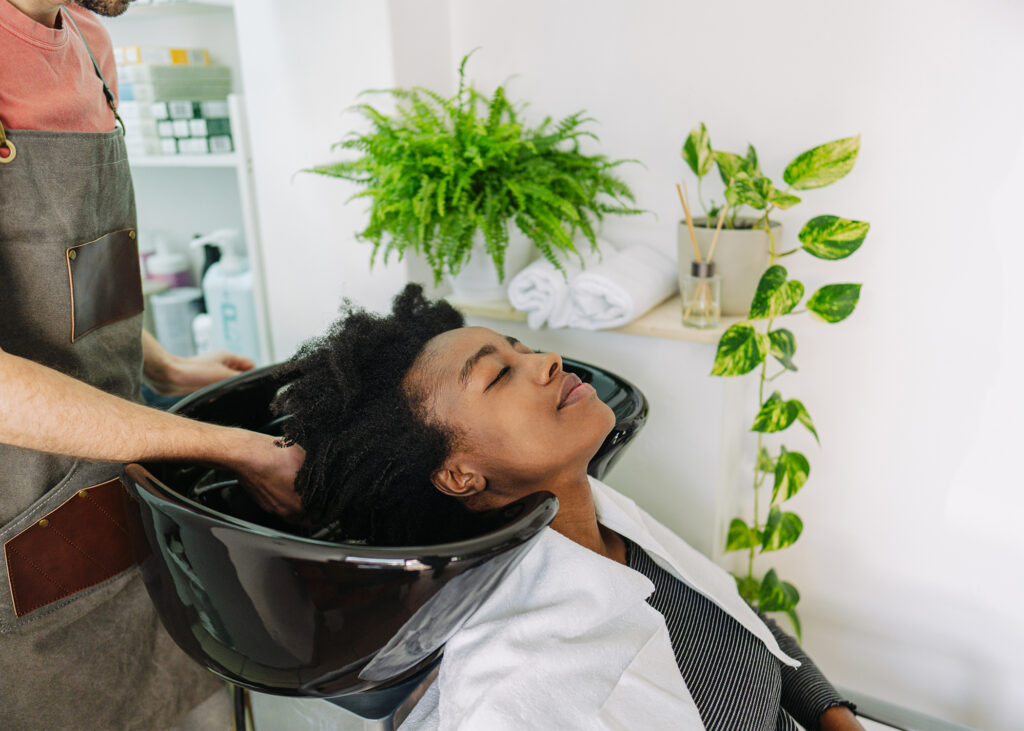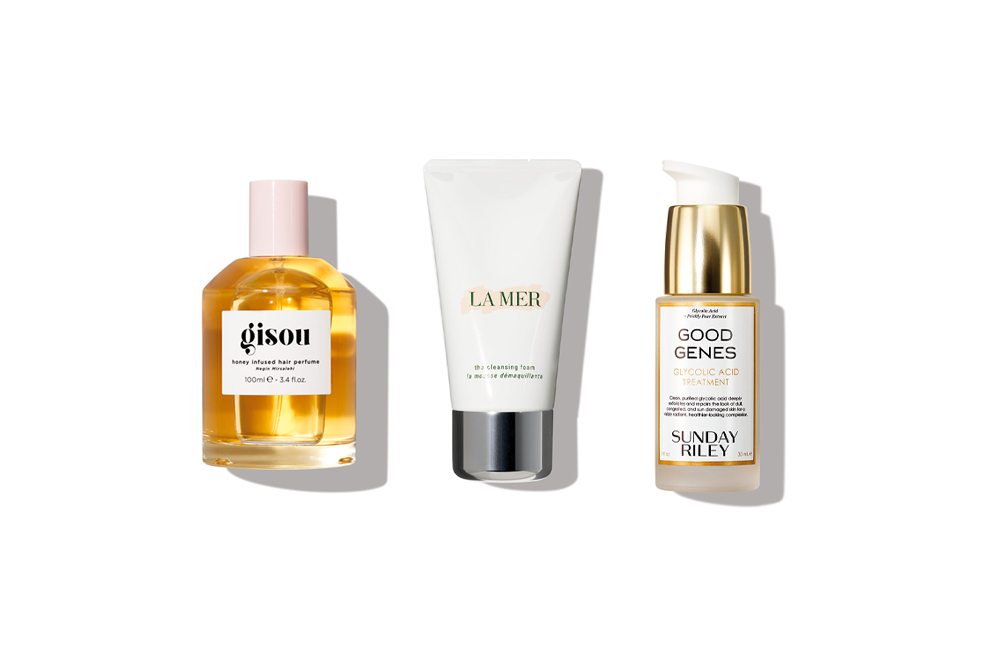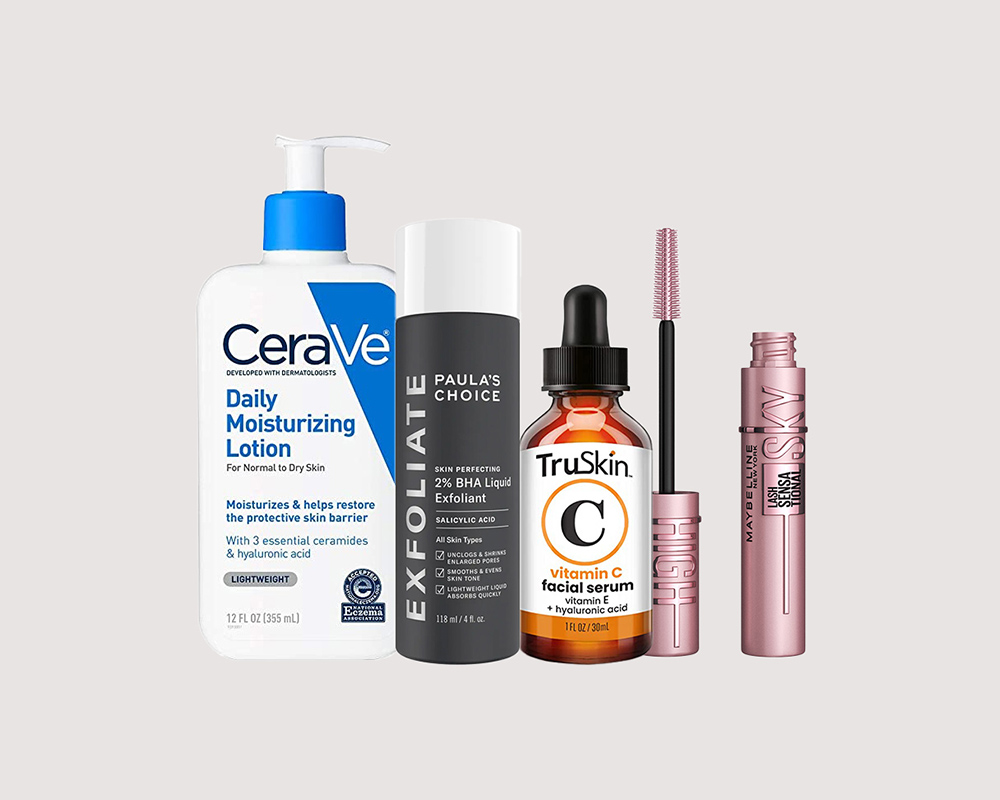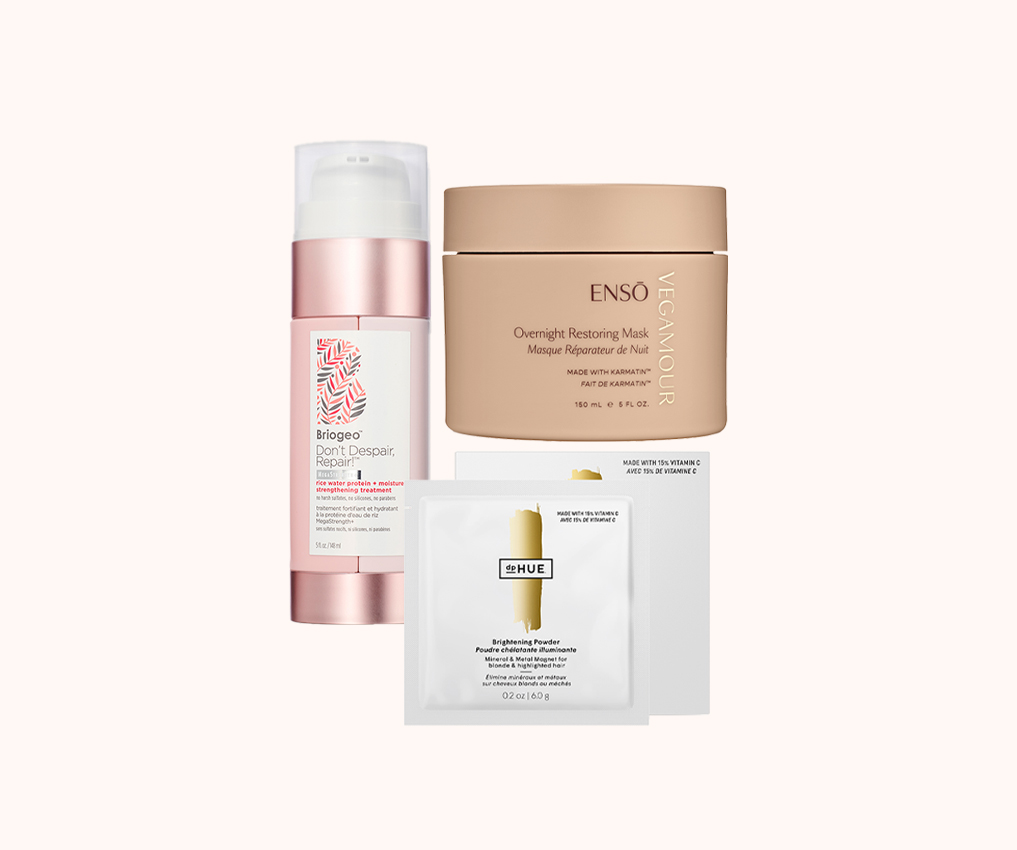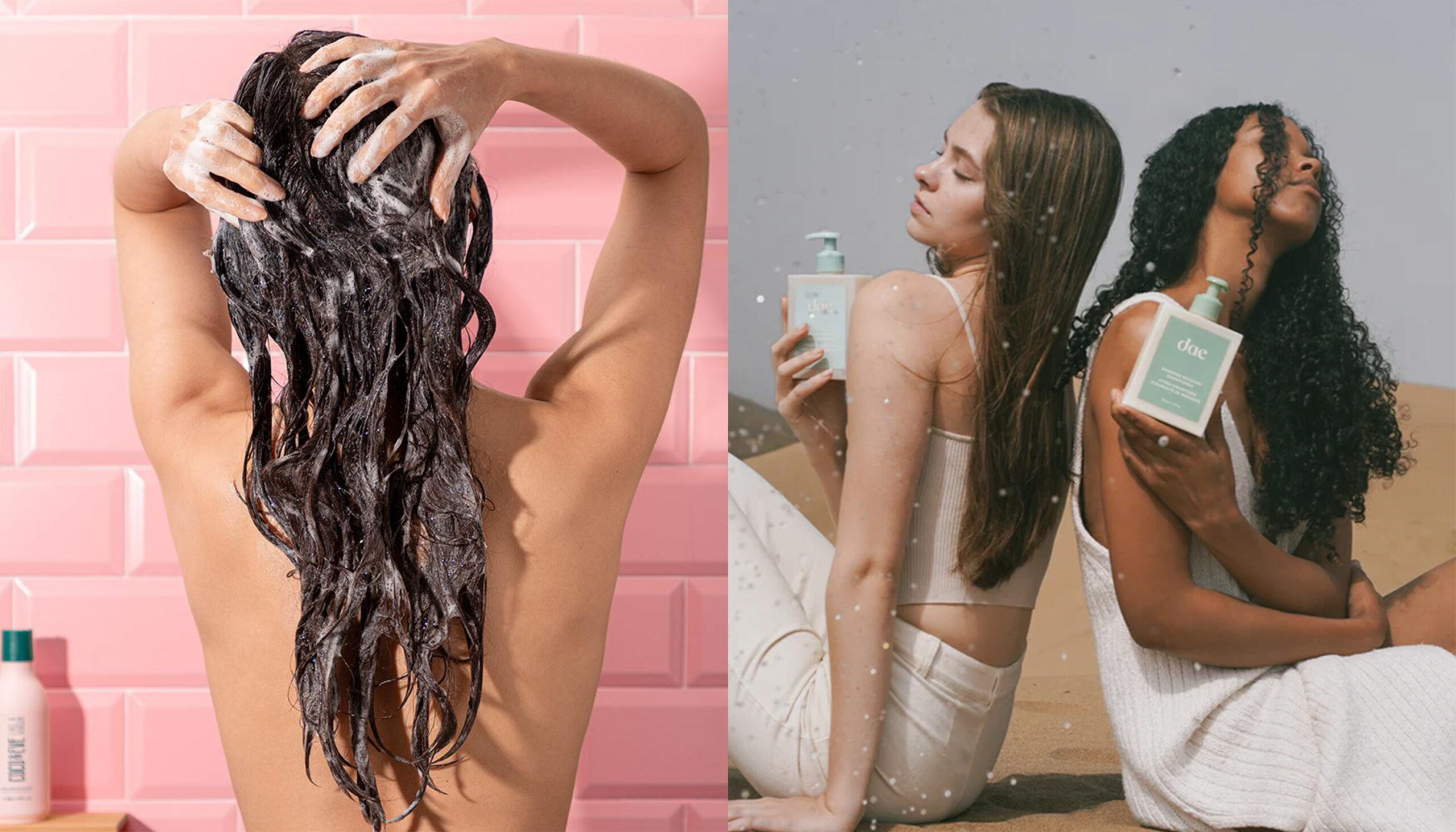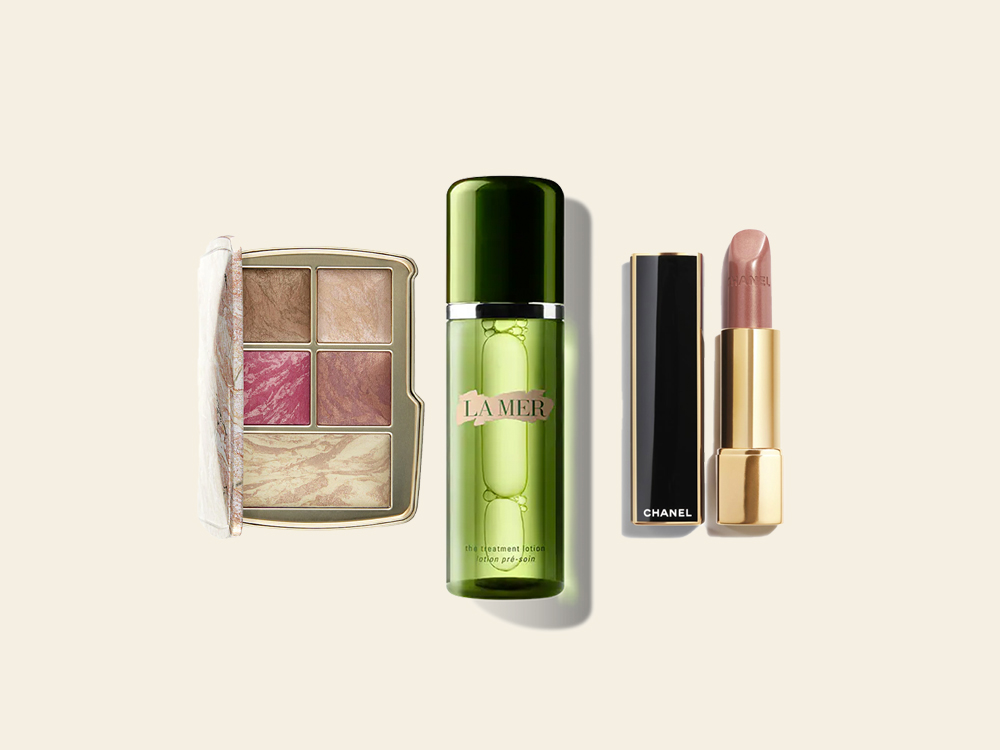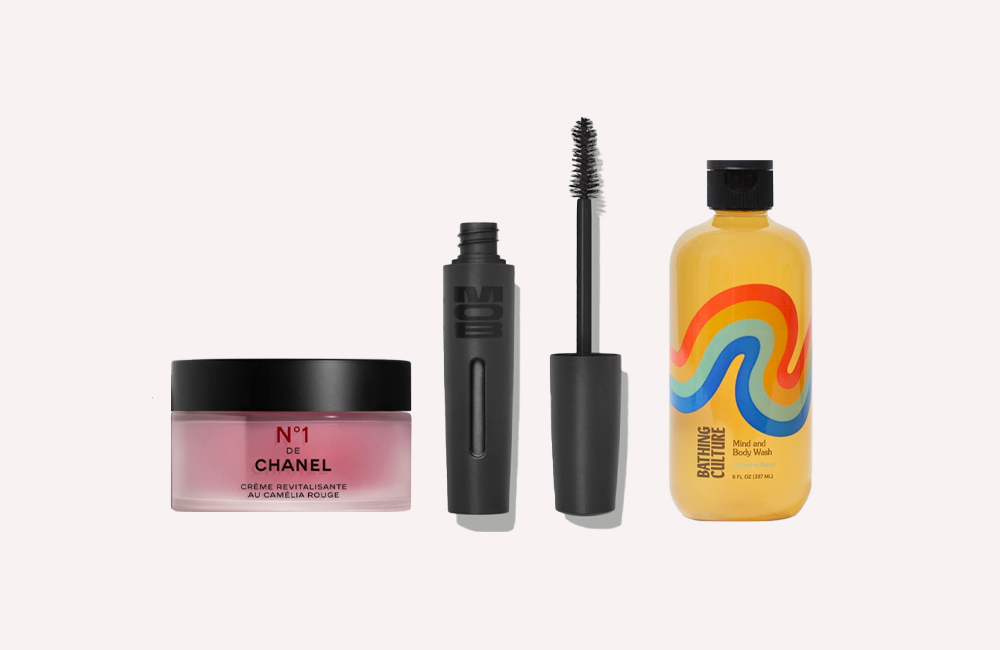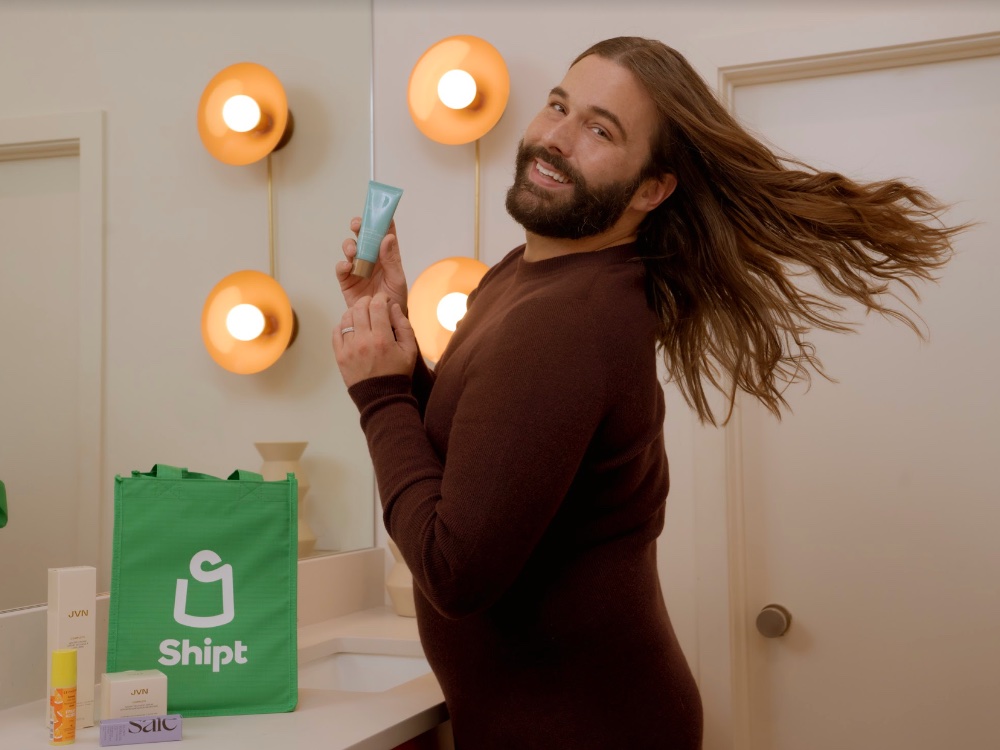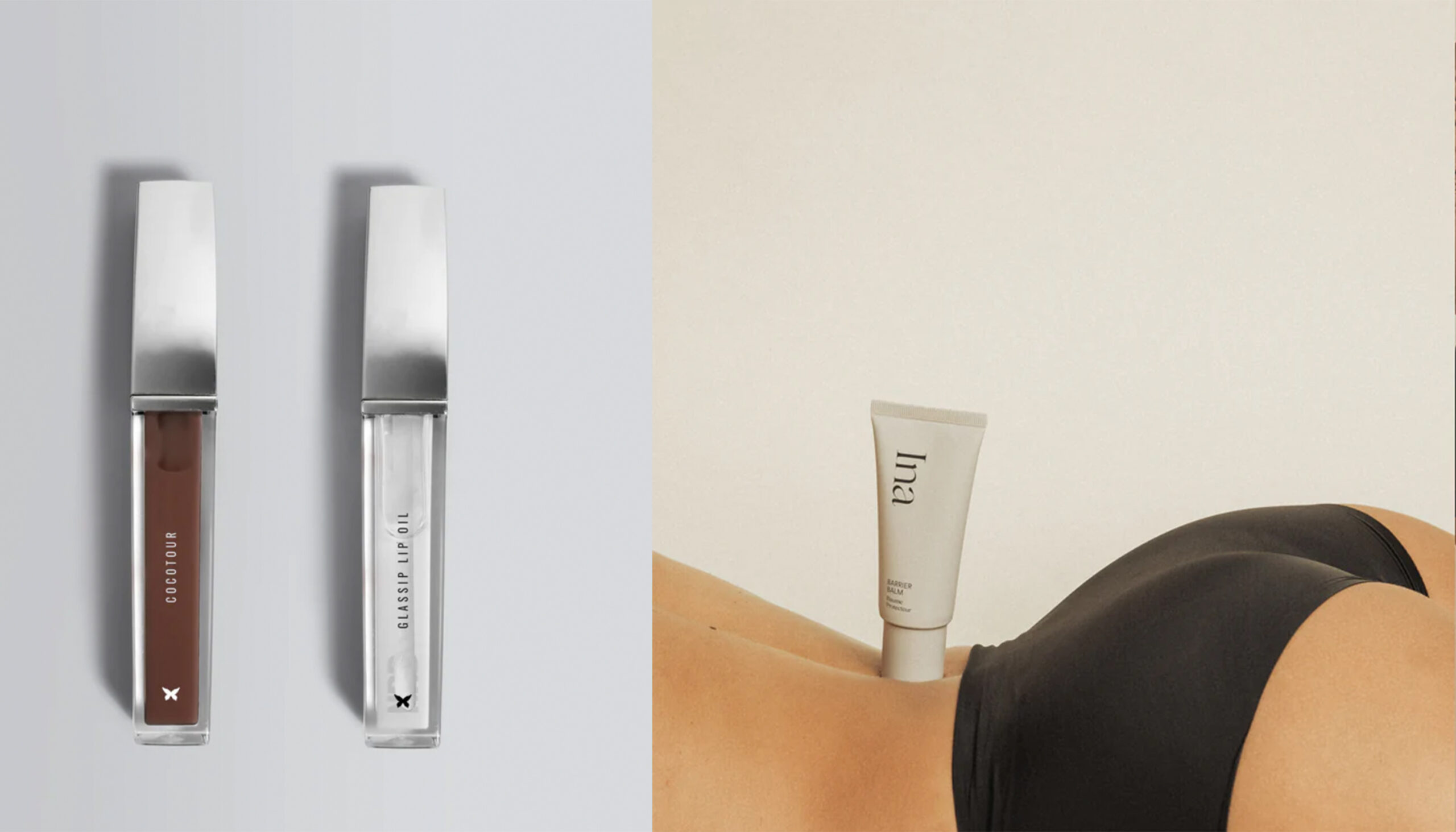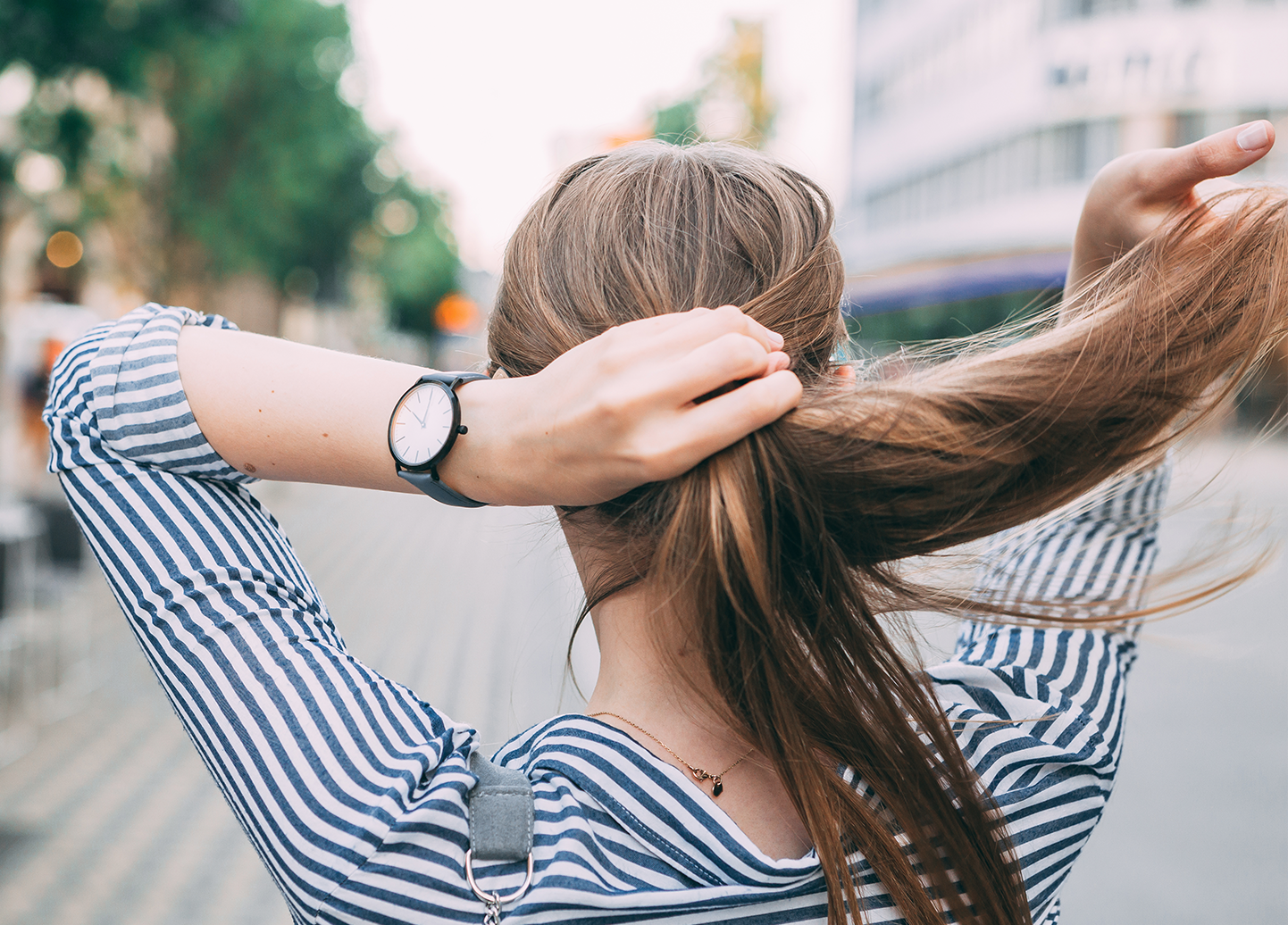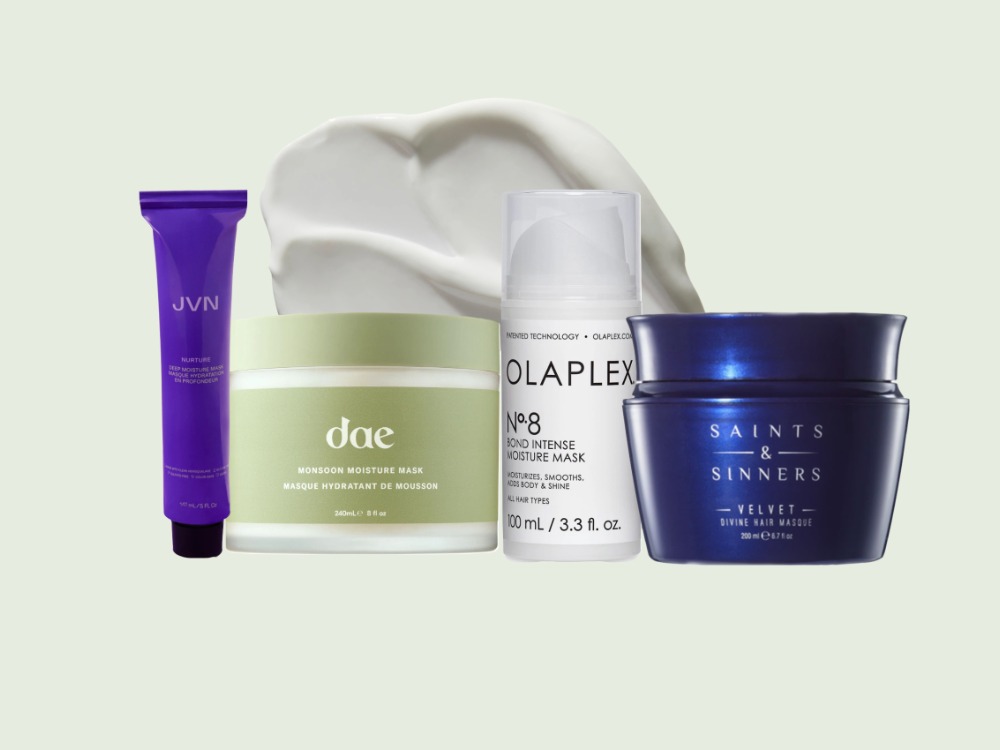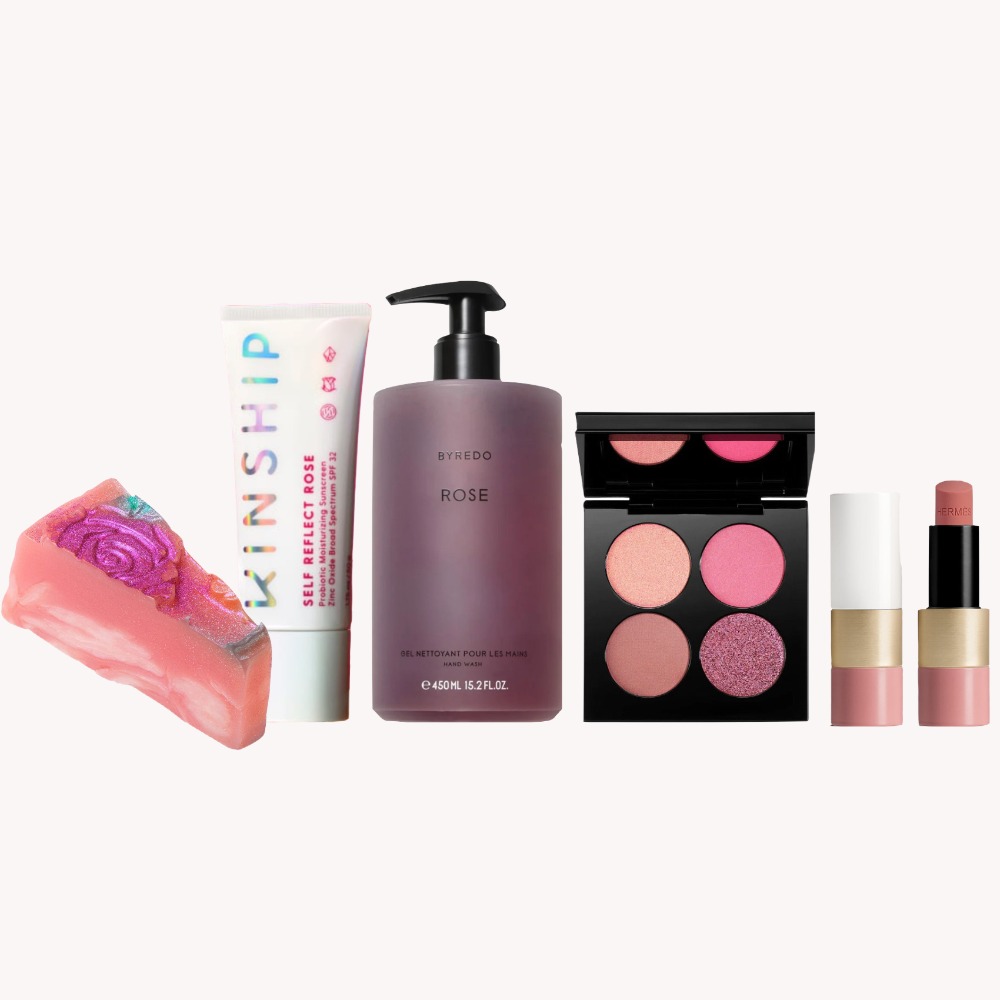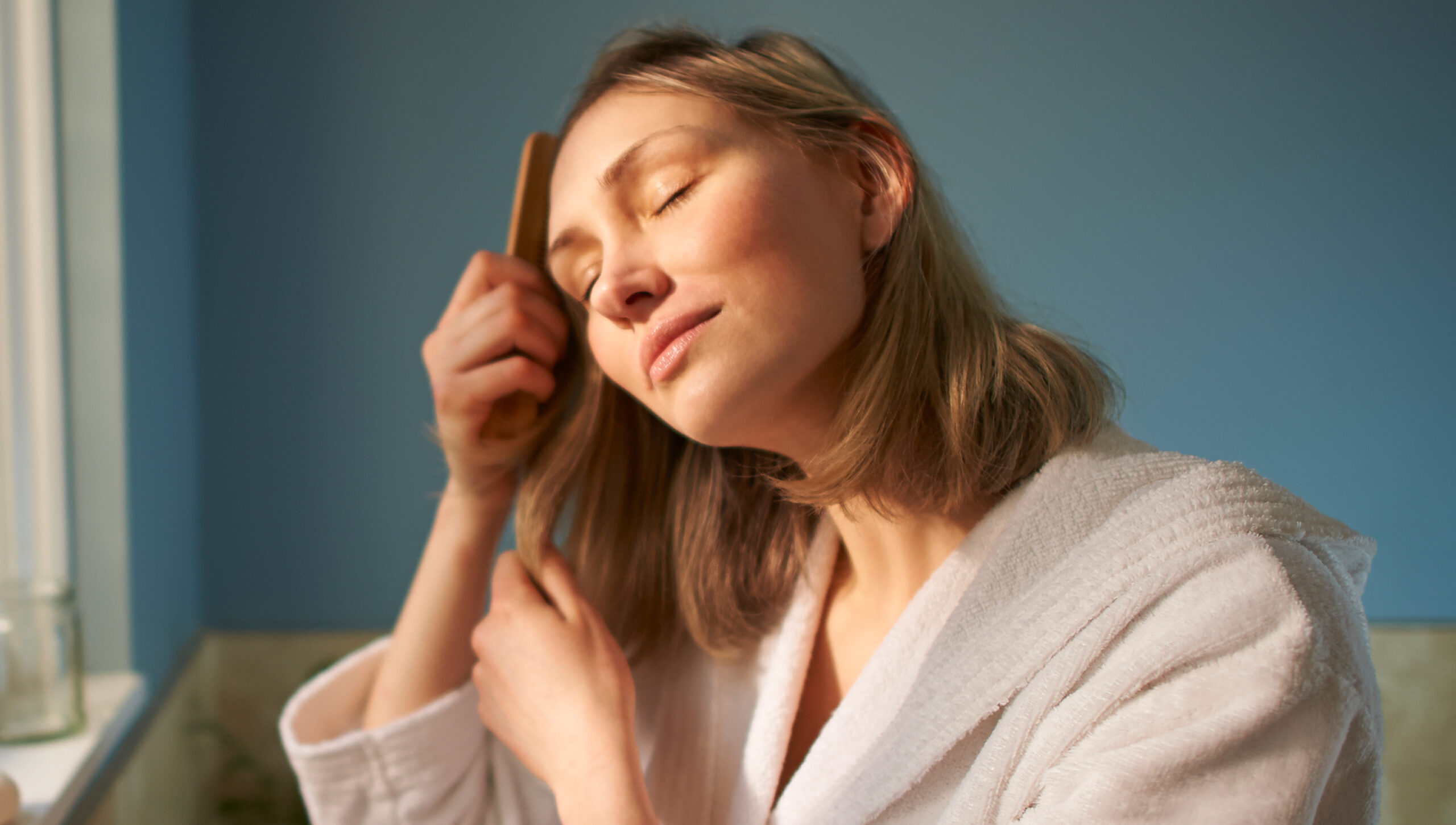How far would you go for a good salon appointment that caters to your hair type? How much would you pay?
New research out of the U.K. dives in deep into hair texture, showing how much it costs and how far customers have to travel to receive salon appointments. Surveying over 2,000 ethnically diverse U.K. residents, U.K. insurance firm Ripe found that those with textured hair, types 3 and 4, consistently paid more for the same services and traveled further to receive them.
Type 1 hair paid and traveled the least, followed by type 2, type 3 and finally type 4.
According to the data, the average U.K. woman with type 1 hair, which has no natural curl, travel about 9 miles on average for a salon appointment. Those with type 4 hair, on the other hand, travel an average of 17.4 miles for the same kind of services.
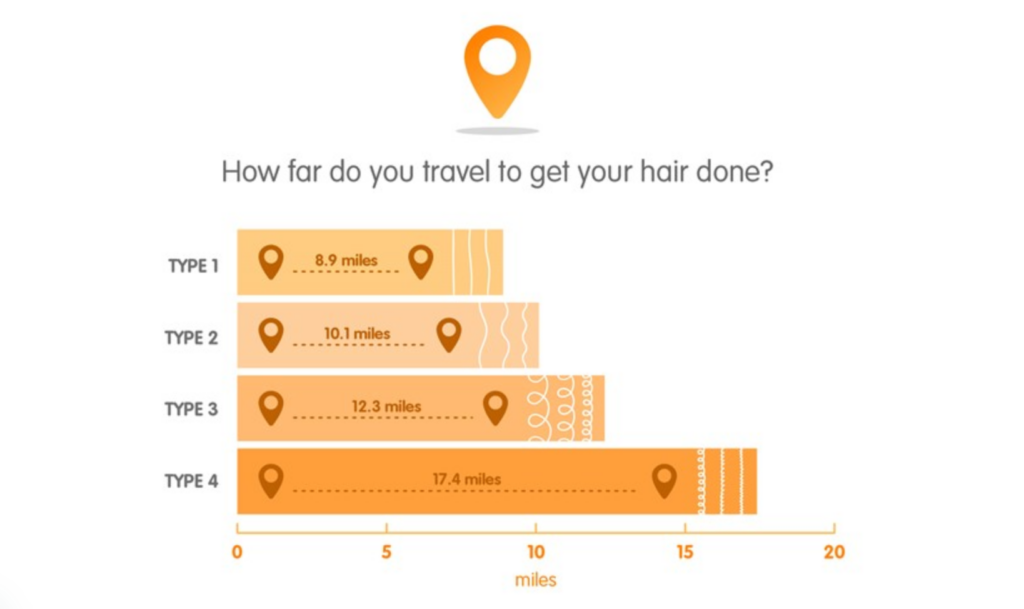
But the disparity doesn’t end there.
Women with textured hair also pay more for the same services. A haircut costs 54% more on average than a haircut for someone with type 1 hair, hair treatments 66% more. All told, those with type 4 hair are paying £68.19 more for salon services.
The same survey also revealed that those with type 4 hair are more likely to be disappointed by a salon appointment, have lower trust in stylists, and are more likely to be left with long term disappointment and impacted self esteem from poor hair service.
This Hair Type Is Underserved in the U.K.
Earlier this year, Carra, AI-driven digital hair health platform for women with textured hair, released a whitepaper demonstrating that the vast majority of hair concerns are unmet for those with type 4 hair. Women with textured hair, are left, in a sense, to fend for themselves, and data shows this makes it harder to build a workable routine and resolve the rising issue of hair loss.
This is reinforced by last year’s revelation from Spell Magazine: only 1% of the 35,000 salons in the U.K. cater for textured hair.
Of course, there are organizations and brands committed to changing that dynamic from the ground up.
“I think it’s important to bear in mind that brands like ourselves are really interested in making the consumer experience personalized,” says founder and CEO of Carra, Winnie Awa. “We need to have these conversations to understand that the textured hair conversation is bigger than just slapping Shea butter or coconut oil into a product and calling it good for all hair types.”
According to Awa, in order to reach the untapped market of type 4 hair concerns and improve the quality of life for those with type 4 hair, brands need to be committed to developing formulas with textured hair at the forefront.
“We need to be thinking about the reality of textured hair,” Awa says. “What are the concerns? What are the right ingredients? Have we tested those ingredients on the right hair texture?”
This is just one way that brands and salons can prioritize Afro textured hair, but clearly a lot has to be accomplished in order to reduce the gap in cost.
The Situation is Similar in the U.S.
Earlier this year, All Things Hair, released their findings after surveying 2,000 U.S. women over 16 on their experiences with hair appointments. They found that African American women not only spend the most and travel the furthest, but end up spending an average of 4x what women with type 1 hair.
What’s also of interest, is that type 4 salon appointments also tend to be a lot longer, averaging about 3 hours in length versus the less than one hour required for type 1 hair. Similar to the U.K., women with type 4 hair also had the most difficulty when it came to finding appropriate products for their hair.
